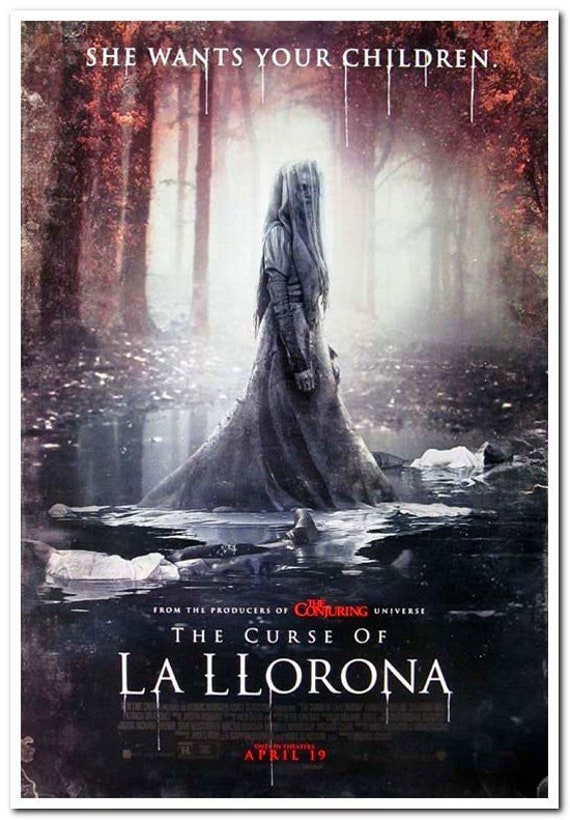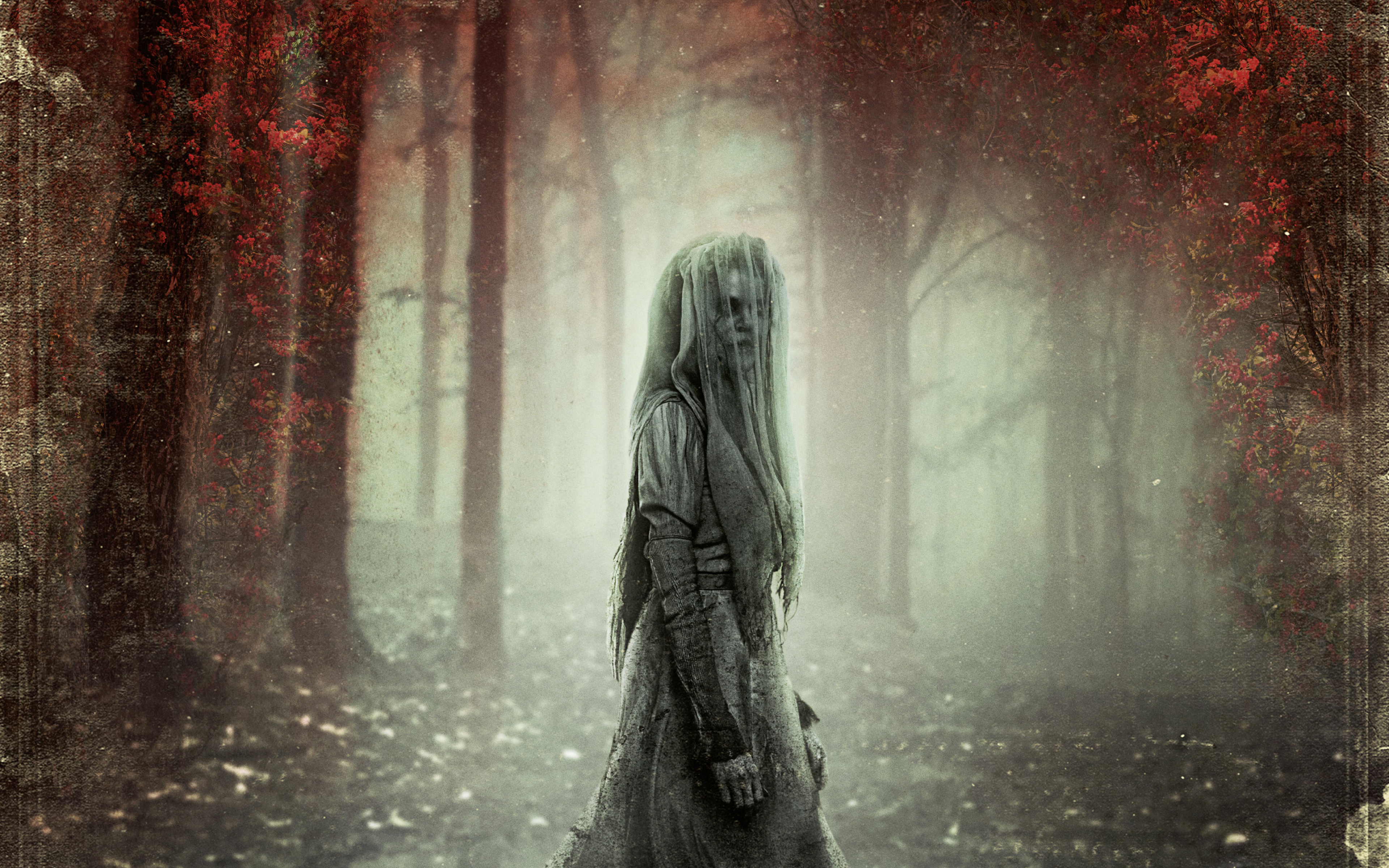
In what seems to be a divine act of revenge, her home caught fire. She kept having more and more children and continued to go back to her agreement with the church. At first, Maria agreed enthusiastically, but when her first son was born, she kept reneging on her agreement, hoping the priest would forget. The only catch was that the priest asked her to give her firstborn son to the priesthood. Both versions of the story end with Maria becoming La Llorona.Īnother version of the story says that Maria got married at a grandiose stone church in Mexico and had a beautiful wedding with no charge to her family from the church. Some say that the woman stabbed herself at the river where she drowned her children, while others say an angry mob tied her up and tossed her into the Rio Grande. The man was incredibly disturbed and abandoned her on the spot. She returned to the vaquero still wearing her bloody nightgown, to ask him if he was satisfied. She then drowned her children in an attempt to please the man. One variation states that Maria asked a vaquero to marry her, and he refused because he didn’t want a wife who had children out of wedlock. What tends to vary is the story of why and how she killed her children and the actual appearance of La Llorona. What seems to be static are the white dress, the river, and the murder of her children.

La Llorona’s legend varies from place to place, though the main elements of the story are consistent. Some have fallen ill, while others are injured in freak accidents. They might lose a family member or loved one. Those who see La Llorona have some misfortune befall them shortly afterward. As if that wasn’t enough, encountering La Llorona places a curse on the witness. When someone dares to approach her, she lets out a loud and otherworldly shriek. She’s said to have a blank face with no features, lacking a mouth, nose, and eyes a frightening sight to those that hear her weeping with no idea as to where the sound is coming from. La Llorona wears an all-white dress and has long flowing hair that’s jet black and reaches down to her waist. She becomes La Lorona, forever wandering the river where she killed her children, searching for their souls. Maria is doomed into living in a strange limbo between the world of the dead and the living. However, Maria is not allowed into the afterlife without her children. Maria immediately regrets what she’s done and attempts to commit suicide. A few years into their marriage, she finds her husband in bed with another woman, and in a fit of rage, she takes her children down to a nearby river and drowns them. Maria marries a rich vaquero, with whom she has two children. The original story of La Llorona centers around a woman named Maria. The Legend of La LloronaĪlso called “The Weeping Woman” or “The Wailer,” La Llorona is said to wander around riverside areas in Mexico and the Southwest, grieving over her children. While she may have survived the incident, she was left without a family and is now doomed to wander around Woman Hollering Creek in an endless search for her beloved children.

When the tribe arrived to find the woman standing alone in the creek, she let out a deafening scream, scaring away her attackers. At Hollering Woman’s Creek, the La Llorona drowned her children to save them from being brutally murdered by a band of Native Americans. While in most La Llorona stories, the woman killed her children out of anger. Witnesses say that they’ve seen a lady dressed in all white, with long black hair that reaches down to her waist, wading through the creek while sobbing. Texas has their version of La Llorona, and she lives near the aptly named Woman Hollering Creek.

While every town has its own version of the so-called Weeping Woman, the stories are similar they usually revolve around a woman who drowns her children in a nearby river, either out of love, anger, or fear. Witnesses wonder if she’s actually human, for her face is usually blank, with no features, and others say that she has the head of a horse. Children will have their souls taken, and most who see her meet a terrible fate shortly afterward. While she seems innocent from far away, those who get too close will hear a deafening scream. She’s a woman dressed in all white, hangs out by a nearby river, and is usually heard crying and weeping for her children. All over Mexico and the Southwest, locals tell tales of a woman named La Llorona.


 0 kommentar(er)
0 kommentar(er)
